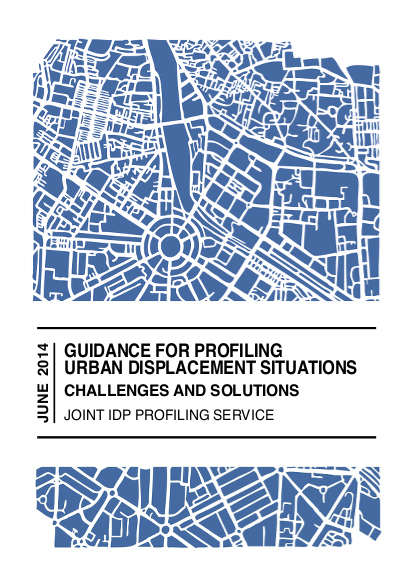
The dynamics of urban settings makes profiling a complicated exercise. How to locate displaced households dispersed across vast metropolises, when they might not want to be found? How – and whether – to distinguish forcibly displaced people from other migrants and urban poor living in similar situations? How to address the political dynamics of the city in a collaborative profiling process?
Based on experience from multiple JIPS exercises, the Guidance for Profiling Urban
Displacement Situations addresses some of these challenges. It highlights the logistical, methodological, political, and securitychallenges that confront face practitioners planning profiling exercises in urban settings, and proposes solutions and best practices to overcome them.
Resource collections
- Accountability to affected populations (AAP)
- Evaluating humanitarian action
- Topics
- UN Habitat - Urban Response Collection
- Urban Response - Urban Crisis Preparedness and Risk Reduction
- Urban Response Collection - Community Engagement and Social Cohesion
- Urban Response Collection - Economic Recovery
- Urban Response Collection - Environment and Climate Change
- Urban Response Collection - Housing, Land and Property
- Urban Response Collection - Urban Crisis Response, Recovery and Reconstruction
- Urban Response Collection - Urban Resilience